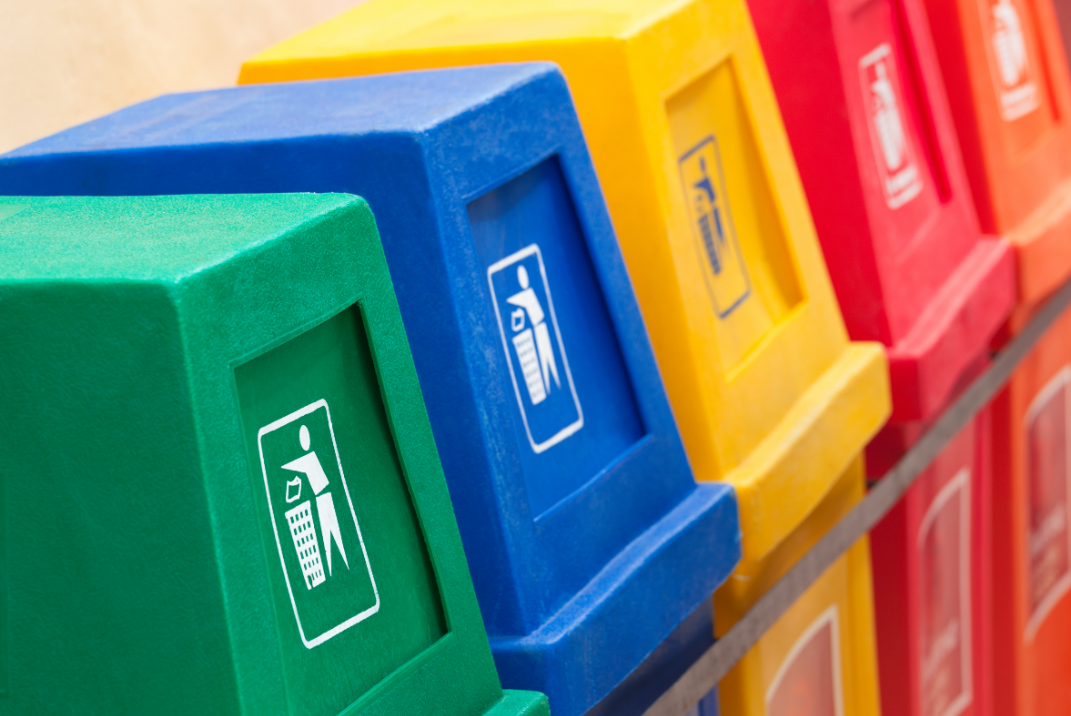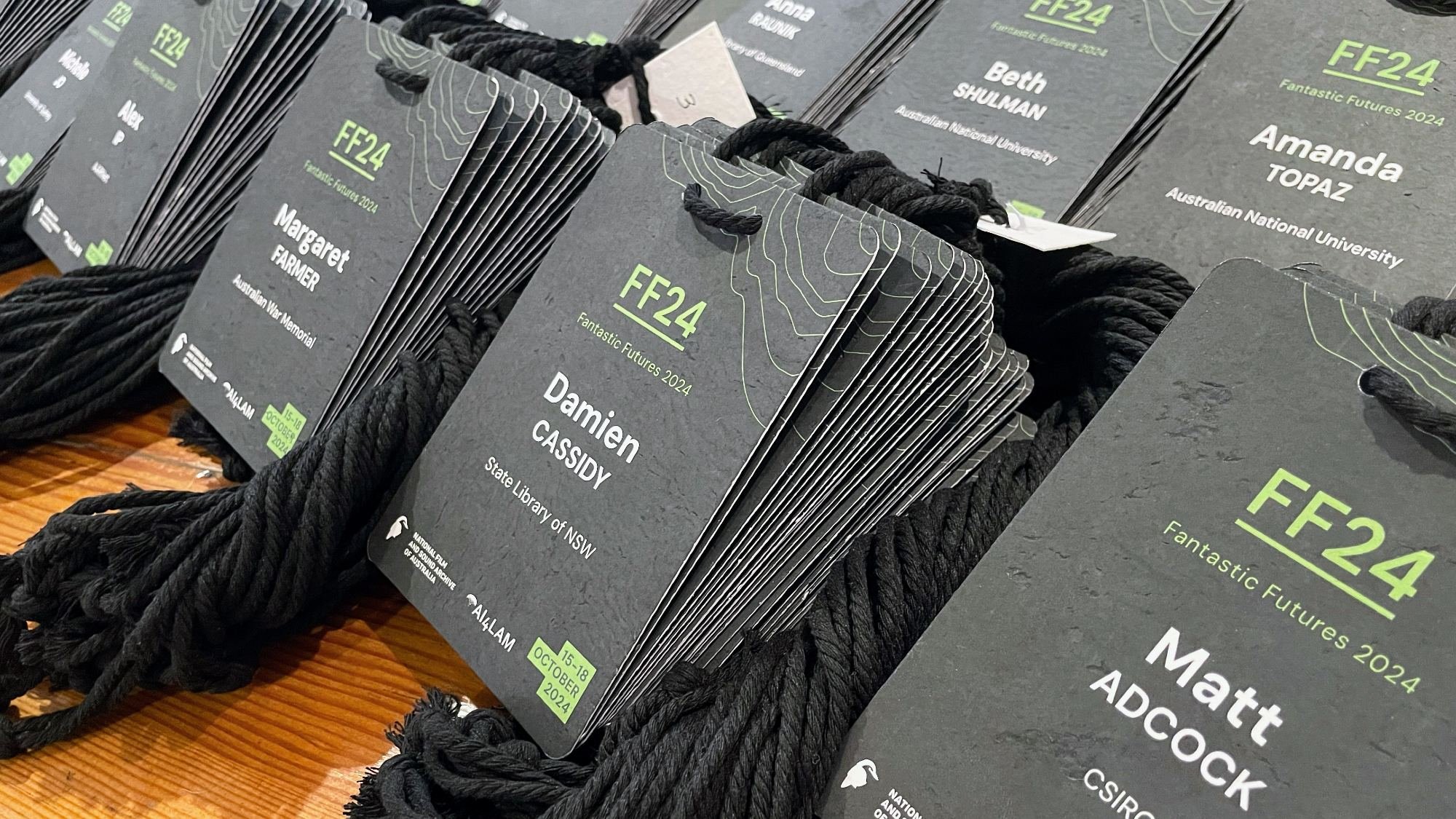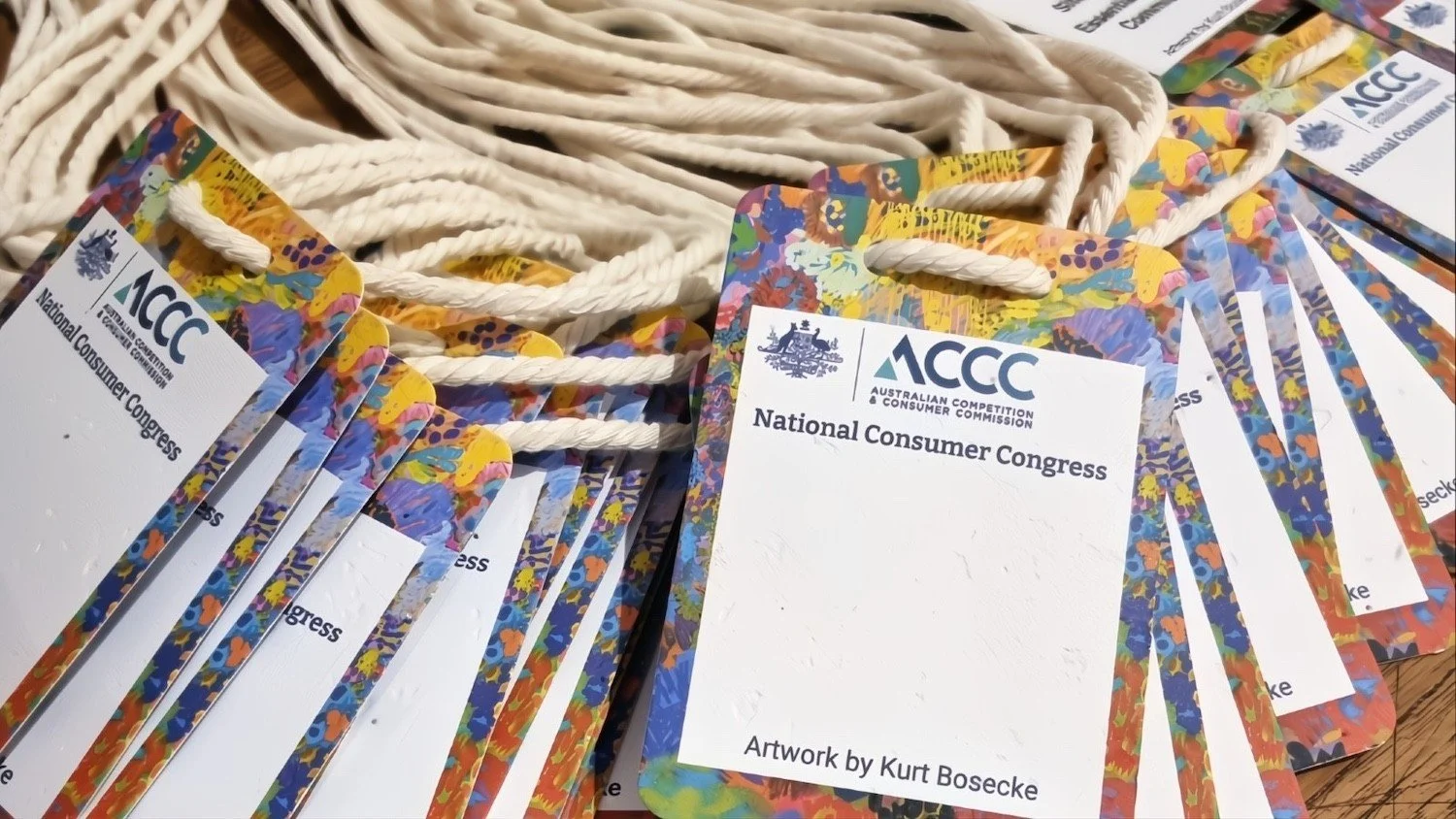Conference Badge Disposal in Australia: How to Recycle or Reuse Name Badges Properly
You’ve wrapped up your conference. The speakers have flown home, the catering team is packing up trays of sandwiches no one touched, and on the registration desk? A mountain of abandoned name badges and tangled lanyards.
Most of those badges will head straight to landfill. In Australia, that means adding to the 34,000 tonnes of event waste each year. But here’s the kicker: a lot of what’s marketed as “eco” is not recyclable here at all.
Let’s unpack the myths, the practical realities, and how you can stop your event badges from sitting in landfill for the next 500 years.
The Waste Problem No One Talks About
Conference badges look small, but when you multiply them across 484,000 events held in Australia every year, the waste piles up fast.
Most badges are made from mixed materials – plastics, laminates, composites – which means they can’t be recycled in council yellow bins. Recycling facilities reject them, so they end up in landfill with the rest of the event leftovers.
The “Eco” Myths in Australia
Here’s the hard truth: not all “green” badges are actually green. Let’s break down what’s out there and where it really ends up:
rPET or PET plastic
Marketed as “recycled” or “recyclable.” In reality, thin plastics and composites aren’t accepted in kerbside recycling here. Most end up in landfill.Tyvek
A plastic (HDPE) branded as durable and recyclable. But in Australia, it requires a specialist mail-back scheme. It cannot go in your council bin.Bamboo badges
Sound natural, but they’re made by mixing bamboo powder with melamine resin (plastic). They don’t biodegrade and can’t be recycled.PVC badge holders
The classic plastic sleeve. Not recyclable kerbside. Sticks around for centuries.Laminated or coated paper
Once you add plastic lamination, it becomes a mixed material. Landfill.
So if you thought rPET or bamboo was the sustainable choice? Sorry. In Australia, they’re just greenwashing.
🌱 Badges Designed for Disposal (The Terra Tag Solution)
This is where Terra Tag comes in. We design badges with their end-of-life in mind, so you don’t need a PhD in waste management to dispose of them.
Seed paper badges → Plant them and watch Australian wildflowers grow.
Recycled paper badges → Pop them in the council yellow bin; they re-enter the paper stream.
Eco lanyards → Biodegradable cotton, not polyester. Compost them.
It’s simple: you wear them, you plant or recycle them, and they’re gone. No landfill guilt. No greenwashing.
👉 Want an all-in-one solution? We handle design, guest list merge, printing, assembly, and even pack badges in guest-list order. Zero hassle, zero waste.
Setting Up Disposal Stations at Events
Even with plantable or recyclable badges, you need systems to make disposal work. Here’s what we recommend for Australian events:
Badge bins at exits
Clearly labelled “Plant me,” “Recycle me,” and “Landfill (sadly).”
Position them where people naturally drop badges.
Clear signage
Show attendees what their badge is made of and what to do with it.
Example: “This badge grows wildflowers. Take me home and plant me!”
Lanyard returns
Provide a box to collect lanyards.
Biodegradable cotton lanyards can be reused for future events.
Educate attendees
A quick announcement or signage can make disposal habits stick.
“Your badge is recyclable — please drop it in the right bin.”
These small systems stop badges being mindlessly dumped in general rubbish.
Why End-of-Life Matters
Designing for disposal isn’t optional anymore. Attendees expect sustainable events, and nothing screams greenwashing louder than telling people your badge is “eco” while giving them no option but landfill.
By planning disposal upfront, you:
Reduce waste.
Simplify event logistics.
Build credibility with your audience.
Badges shouldn’t live longer than the memory of the event itself. Yet in Australia, most still do — sitting in landfill for centuries.
The solution is simple: pick materials designed for end-of-life. Set up collection systems. Educate attendees.
And if you’d rather not juggle spreadsheets, suppliers and disposal bins, you know where to find us. 🌱







